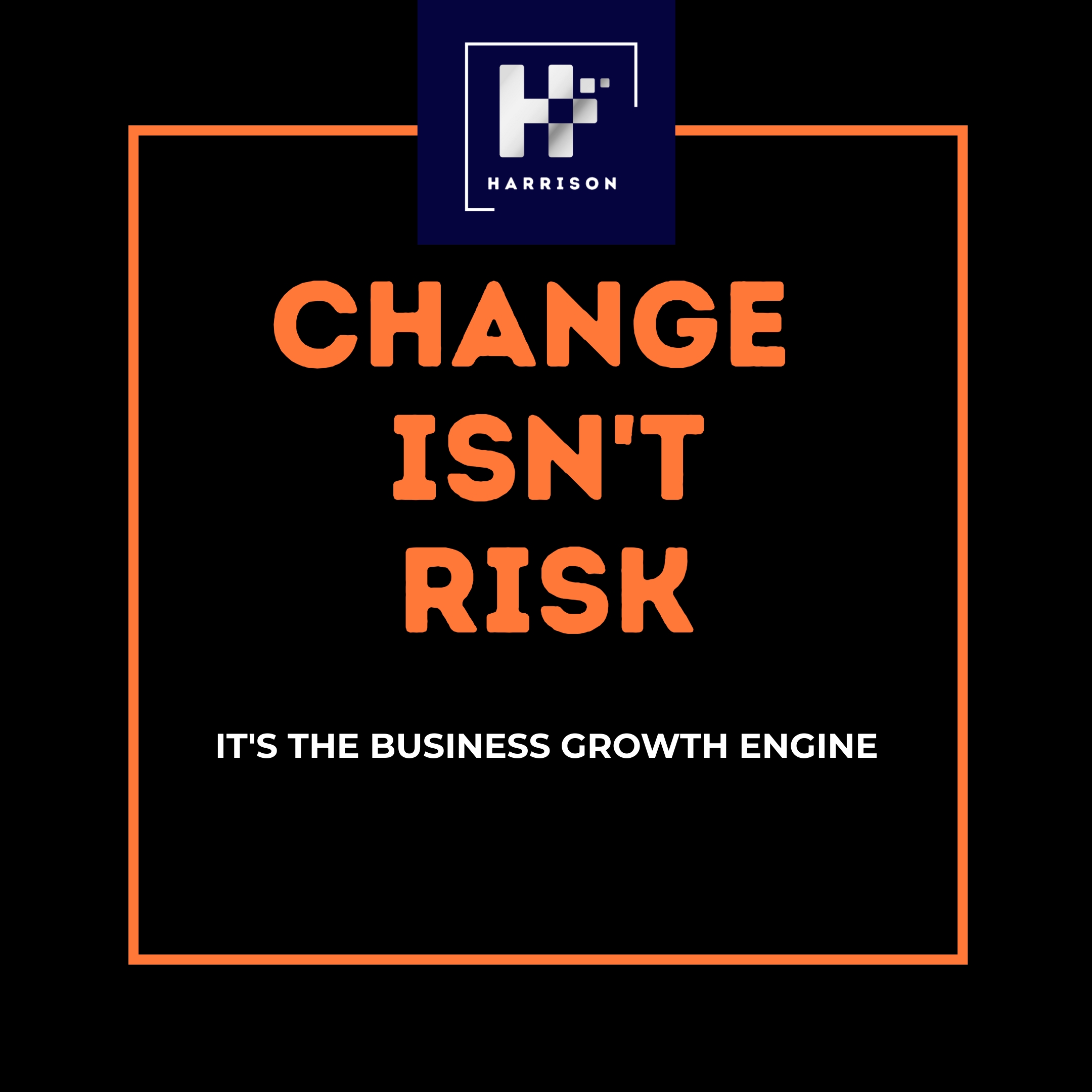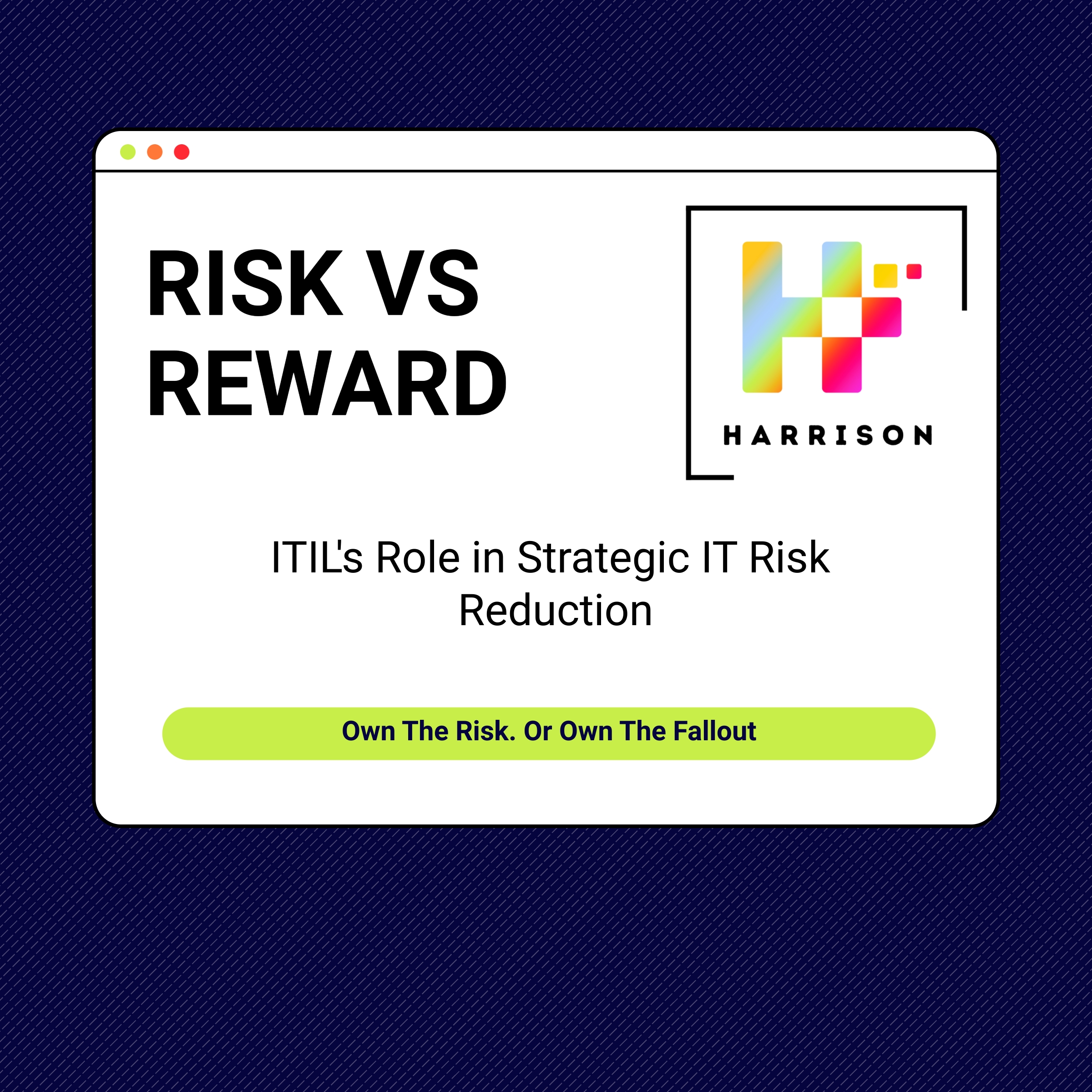Creating Seamless Experiences: Integrating IT Systems for Enhanced User Engagement
In the digital age, user engagement has emerged as a cornerstone of business success. As consumers increasingly expect seamless and personalised experiences across all touchpoints, organisations are challenged to integrate their IT systems effectively to deliver enhanced user engagement. In this blog post, we’ll explore the importance of creating seamless experiences and provide insights into how integrating IT systems can drive superior user engagement.
The Significance of Seamless Experiences
Seamless experiences refer to interactions that are smooth, consistent, and intuitive across all channels and devices. Whether it’s a customer browsing an e-commerce website, an employee accessing a corporate intranet, or a partner collaborating on a shared platform, seamless experiences play a crucial role in shaping user perceptions, satisfaction, and loyalty. By eliminating friction points, simplifying processes, and anticipating user needs, organisations can create memorable experiences that foster deeper engagement and drive business outcomes.
Challenges in IT System Integration
Achieving seamless experiences requires seamless integration of IT systems, applications, and data across the enterprise. However, organisations often face challenges in this endeavour due to disparate legacy systems, siloed data sources, and complex integration requirements. As a result, user experiences may suffer from inconsistencies, inefficiencies, and disjointed interactions, leading to frustration and disengagement. Overcoming these challenges requires a strategic approach to IT system integration that addresses both technical and organisational barriers.
Key Strategies for Integrating IT Systems
To enhance user engagement through seamless experiences, organisations should adopt a holistic approach to IT system integration that focuses on interoperability, accessibility, and usability. Here are some key strategies to consider:
Unified Data Architecture: Establish a unified data architecture that aggregates, harmonises, and centralises data from disparate sources across the organisation. Leverage data integration platforms, master data management solutions, and data governance frameworks to ensure data quality, consistency, and accessibility for informed decision-making and personalised experiences.
API-Led Connectivity: Embrace an API-first approach to integration that exposes IT systems and services as reusable APIs (Application Programming Interfaces). Implement API management platforms and API gateways to facilitate secure, scalable, and governed API interactions between applications, devices, and external stakeholders, enabling seamless integration and innovation.
Microservices Architecture: Adopt a microservices architecture that decomposes monolithic applications into smaller, loosely coupled services that can be independently developed, deployed, and scaled. Embrace containerisation, orchestration, and service mesh technologies to enable agile development, continuous delivery, and seamless integration of microservices across distributed environments.
Event-Driven Architecture: Embrace event-driven architecture (EDA) to enable real-time integration and event processing across IT systems and applications. Implement event-driven messaging patterns, such as publish-subscribe and event sourcing, to decouple components, propagate changes, and trigger actions in response to events, enabling timely and contextually relevant user interactions.
User-Centric Design: Prioritise user-centric design principles and methodologies to ensure that IT systems and interfaces are intuitive, accessible, and engaging for end users. Conduct user research, usability testing, and persona development to understand user needs, preferences, and pain points, and iteratively refine designs based on user feedback and behavioural insights.
Creating seamless experiences through integrated IT systems is essential for driving enhanced user engagement and delivering differentiated value in today’s digital landscape. By adopting a strategic approach to IT system integration that prioritises interoperability, accessibility, and usability, organisations can break down silos, streamline processes, and deliver cohesive experiences that delight users and drive business success. Whether it’s connecting customer-facing applications, empowering employees with productivity tools, or enabling partners with collaboration platforms, seamless integration is the key to unlocking the full potential of digital transformation and fostering lasting relationships with users. Embrace the challenge of integrating IT systems for enhanced user engagement, and embark on a journey of innovation, growth, and competitive advantage in the digital era.
Follow us
Latest articles
December 15, 2025
December 15, 2025
December 15, 2025
December 15, 2025
December 15, 2025
December 15, 2025








